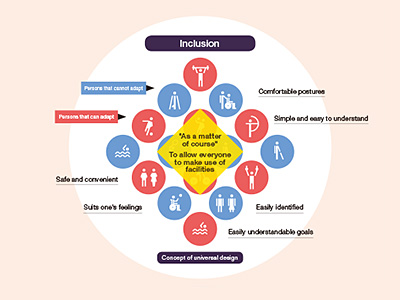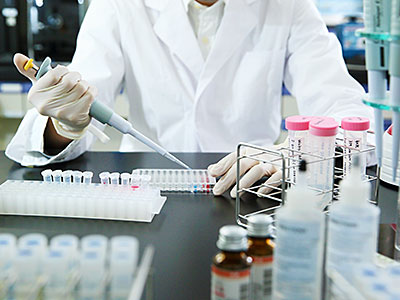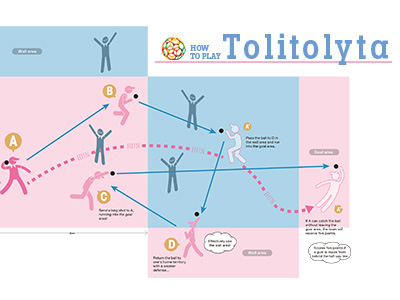STORY #6
Approaching
the mechanism
of exercise effect
Motoyuki Iemitsu
Professor, College of Sport and Health Science
Invisible changes have already occurred in the body immediately after exercise training.
There are of course quite a number of people who have had the experience of resolving to exercise for health or dietary restrictions only to eventually fizzle out in the end. One of the main reasons many people give up is that "achievements" are hard to visualize. Even if you devote yourself to training, it will take a few months at the very least to really see any changes in body shape or weight. It is therefore rather difficult to remain motivated while not achieving immediate results from your efforts.
"It takes at least a few months for the effects of exercise to become visible. But inside the body, a wide variety of changes are already taking place after only a week or two. If you can understand these changes inside your body, you will be able to better motivate yourself to adhere to exercise for a long period of time," says Motoyuki Iemitsu. Iemitsu is studying why habitual exercise can contribute to the maintenance and enhancement of health. He also studies the types of exercises that are more effective on the molecular level. His focus is the prevention of lifestyle-related diseases such as cardiovascular and cerebrovascular diseases through exercise.
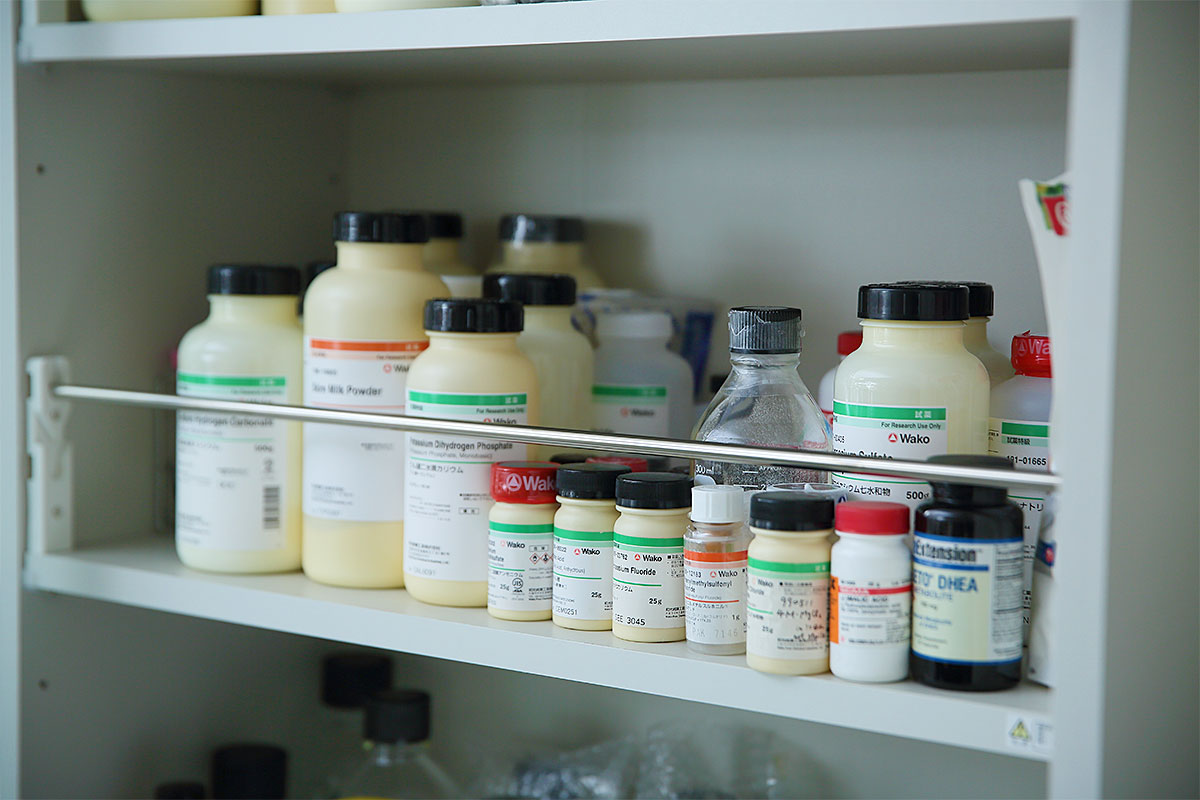
As a person grows older, blood vessels age, lose their flexibility, and gradually stiffen. This is known as “arteriosclerosis”. Furthermore, increase in the stiffening of arteries not only increases blood pressure, generating an additional burden on the heart, but also causes accumulated excess cholesterol in blood vessels, thin vascular lumens, and ultimately blocks the lumens to cause myocardial infarction or cerebral infarction. “Sir William Osler (1849–1919) once said, ‘A man is as old as his arteries.’ But unlike the one-way process of aging, blood vessels can actually be rejuvenated by exercising, regardless of how old you are," Iemitsu states. "However, the mechanism as to why exercise reduces the risk of cardiovascular and cerebrovascular diseases has not yet been fully clarified."
To address this, Iemitsu had persons of middle age or older do continuous aerobic exercise training three days a week for a period of two or three months. He found that the secretion of hormones in the blood that increase vasodilation reduce arterial stiffness. In addition, he discovered hormones that showed changes in just a short period of two to four weeks after beginning exercise training and identified the possibility that these hormones might play a key role behind the effects of exercise. Iemitsu feels that the contraction of combusted adipose tissues and muscles might secrete hormones from skeletal muscles that increase vasodilation. He is researching this right now.
It is good news for top-level athletes that the effects of exercise can be seen through observing changes in the body. To increase muscle mass, you must continually do resistance training for a long period of time, but Iemitsu is exploring a substance that can check whether training has resulted in any effects within one month.
As illustrated above, if we can identify the body’s response to exercise, then obese patients, middle-aged to older adults, and athletes can change the type, time, or intensity of exercise depending on their objectives and steadily achieve effects. Iemitsu explains the goal, saying, "Eventually, we want to link this to the development of a blood biomarker to indicate the effects of exercise in the body in the form of scientific number values."
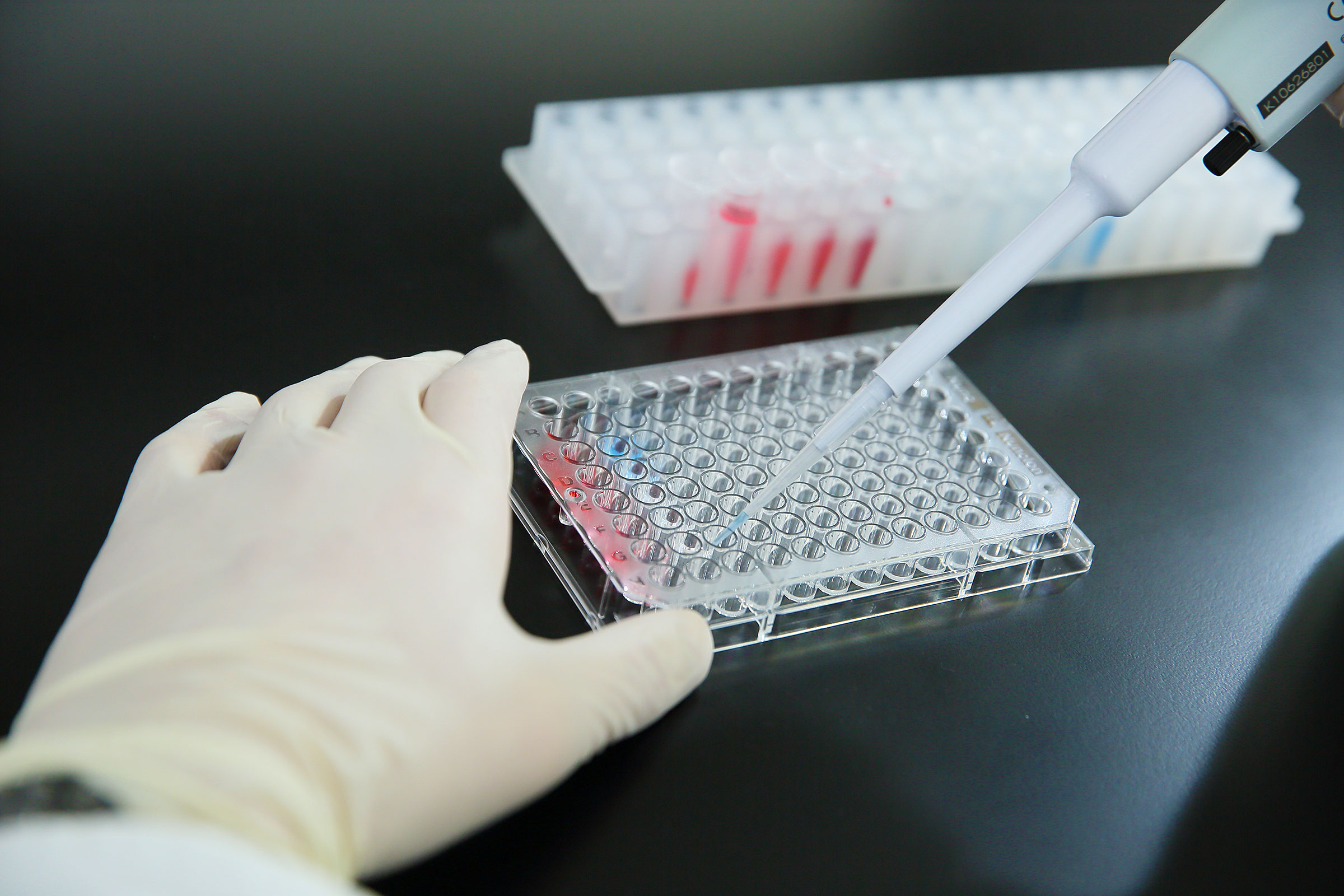
Iemitsu also works with companies to develop supplements to acquire the effects of exercise more efficiently and to verify their effects.
Iemitsu has been engaged in research using animals, paying attention to sex steroid hormones as hormones associated with the prevention and improvement of diabetes, which can be a risk for the development of arteriosclerosis. "By administration of sex steroid hormones in diabetic rats, it was recognized that their fasting blood glucose levels, which was the cause of diabetes, were lowered, and that the such effects further increased by engaging in exercise in tandem," Iemitsu reported. "With diabetes, the production ability of sex steroid hormones is lowered, so we hope to develop a supplement to compensate for the lower amount," he explains. Currently, based on the results of basic research using animals, he is engaged in developing new supplements with applications to human beings through joint research with a private company.
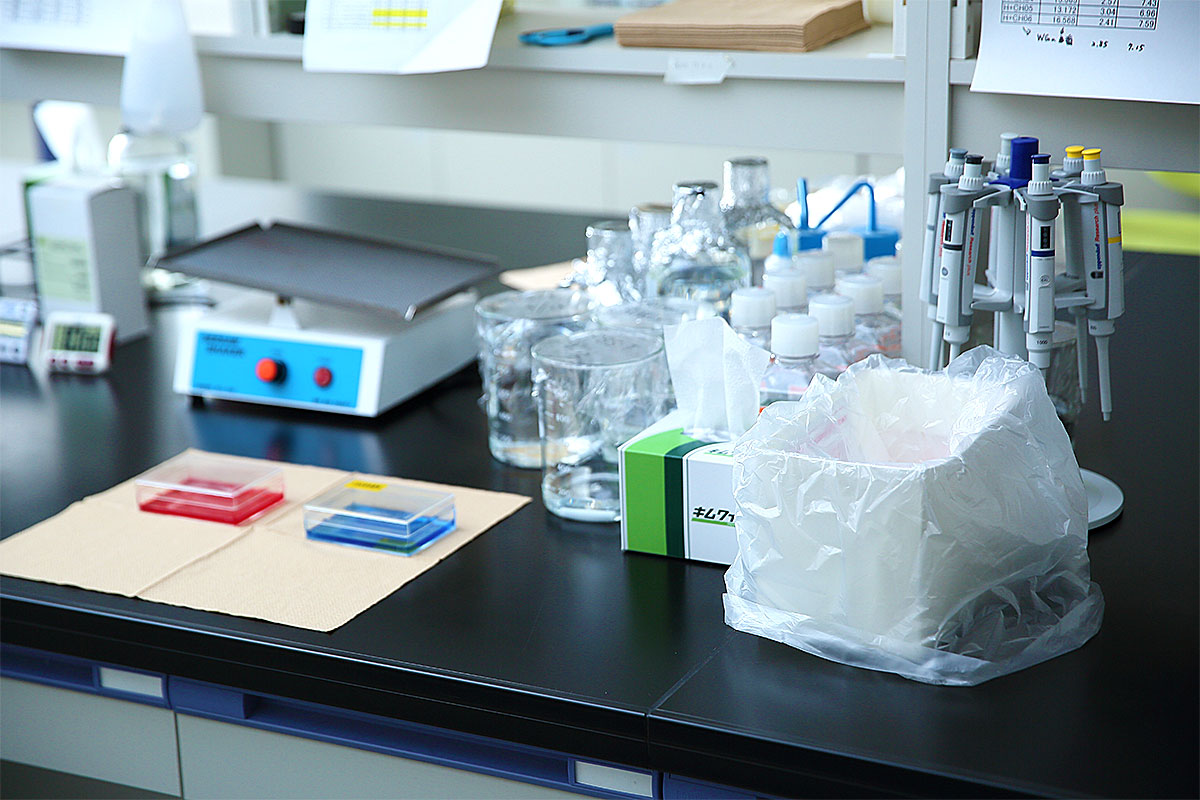
In a cooperative project with yet a different company, he found through animal experiments that administrating chlorella for a long period of time may increase the ability to adjust glycolysis metabolism in skeletal muscles and improve exercise performance when required to repeatedly exert explosive power for short periods of time. If this effect is confirmed in human beings, chlorella supplements may become a very significant aid for athletes to increase power.
Iemitsu keeps his gaze focused beyond basic studies. "I believe it is my mission to contribute the results of basic studies to humankind in order to show the effects of exercise based on scientific evidence. In other words, I want to conduct research that links the basics with real life applications."
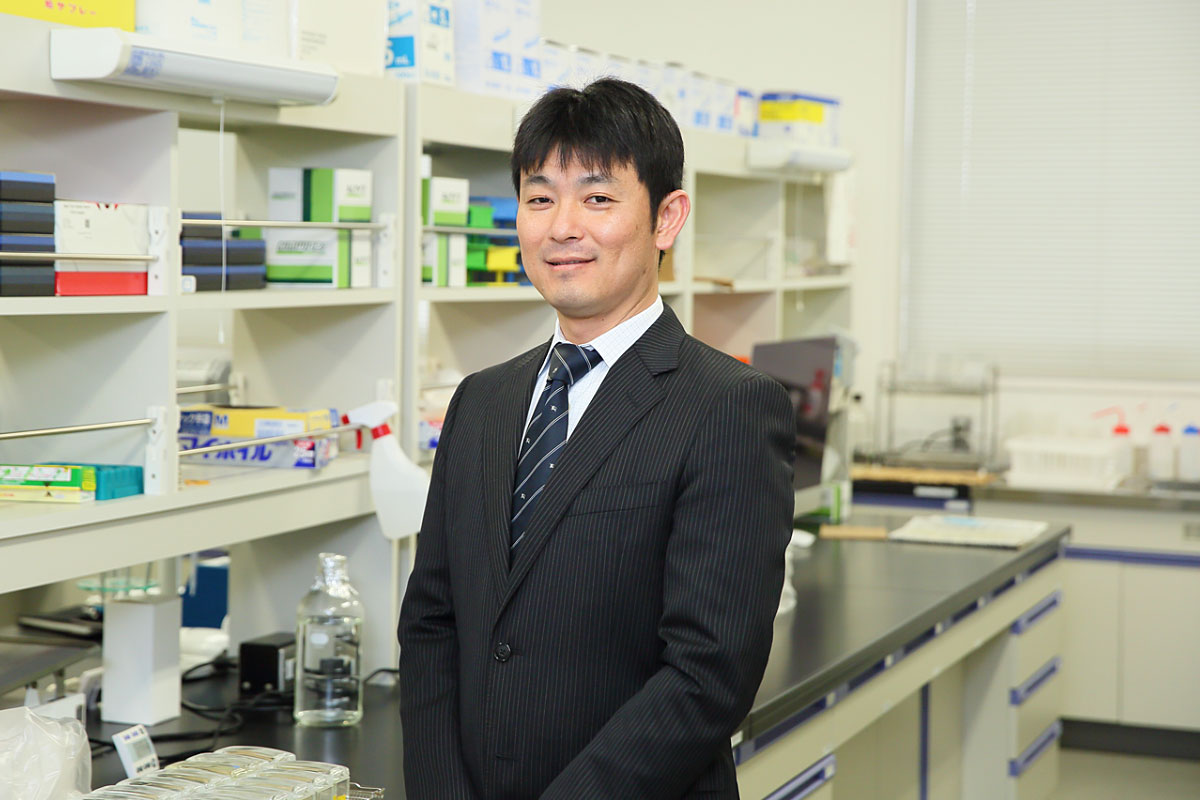
Motoyuki Iemitsu
Professor, College of Sport and Health Science
Subject of Research: Development of exercise and diet (supplement) therapies for the prevention and reduction of cardiovascular disease risks
Research Keywords: Applied Health Science, Sports Science


